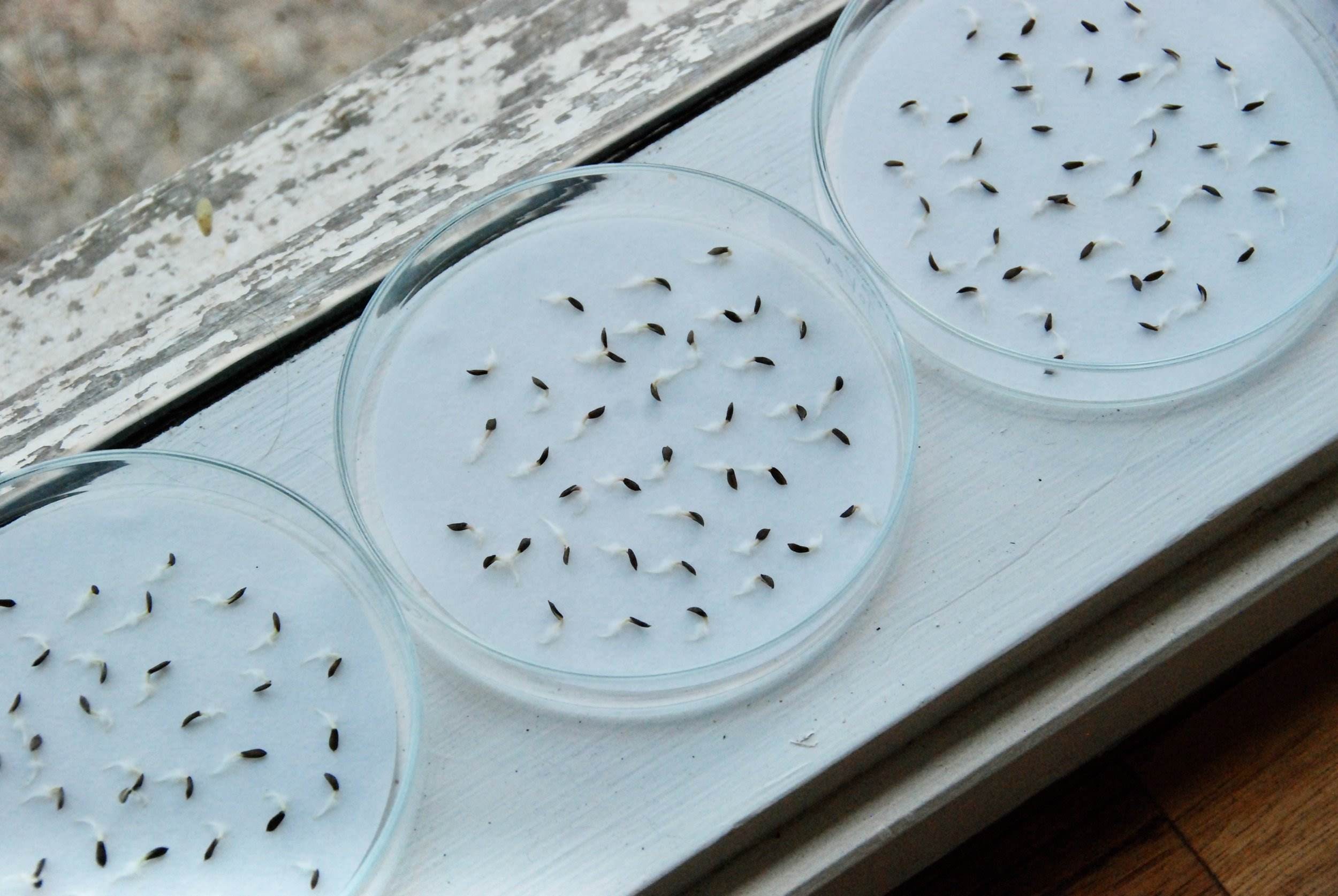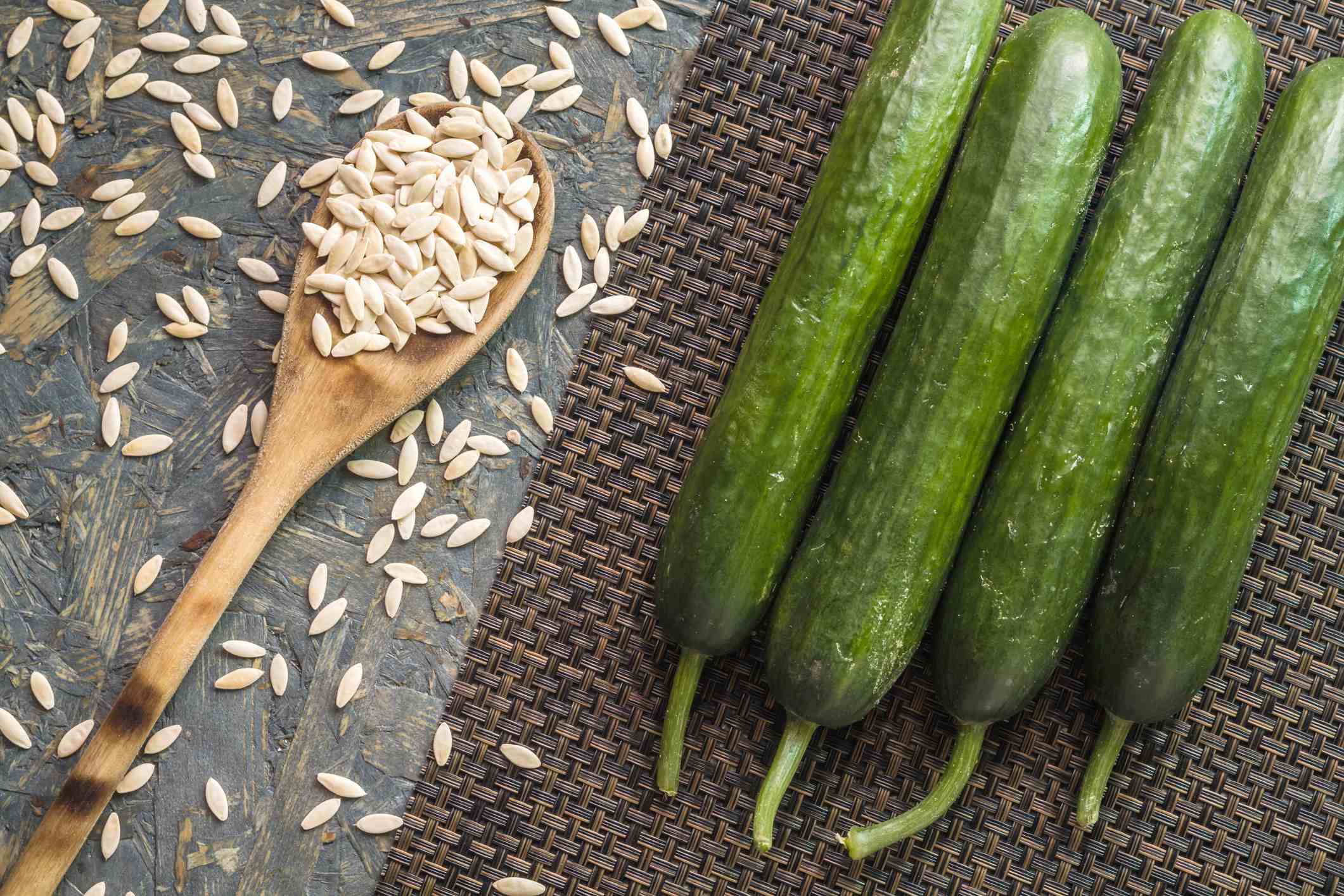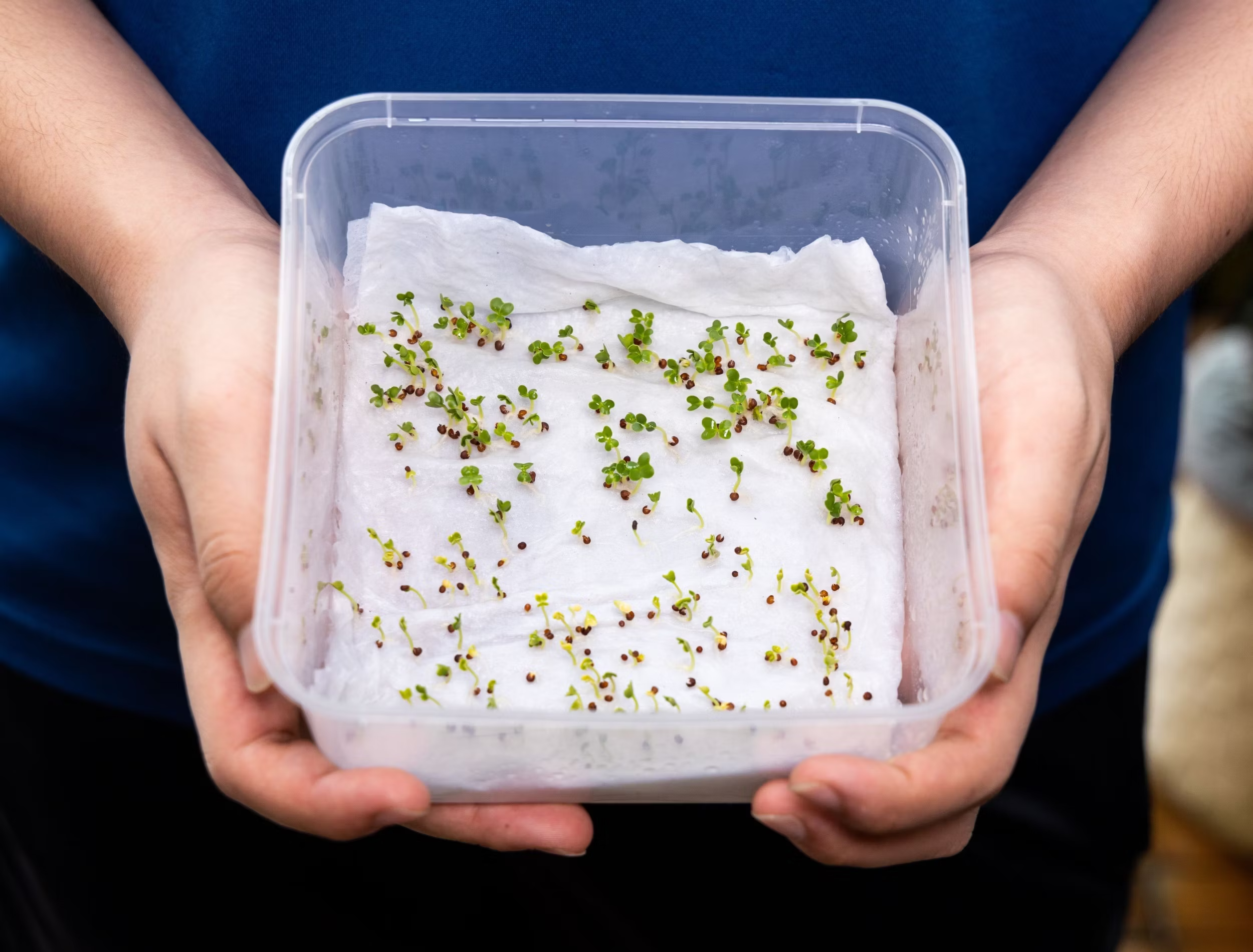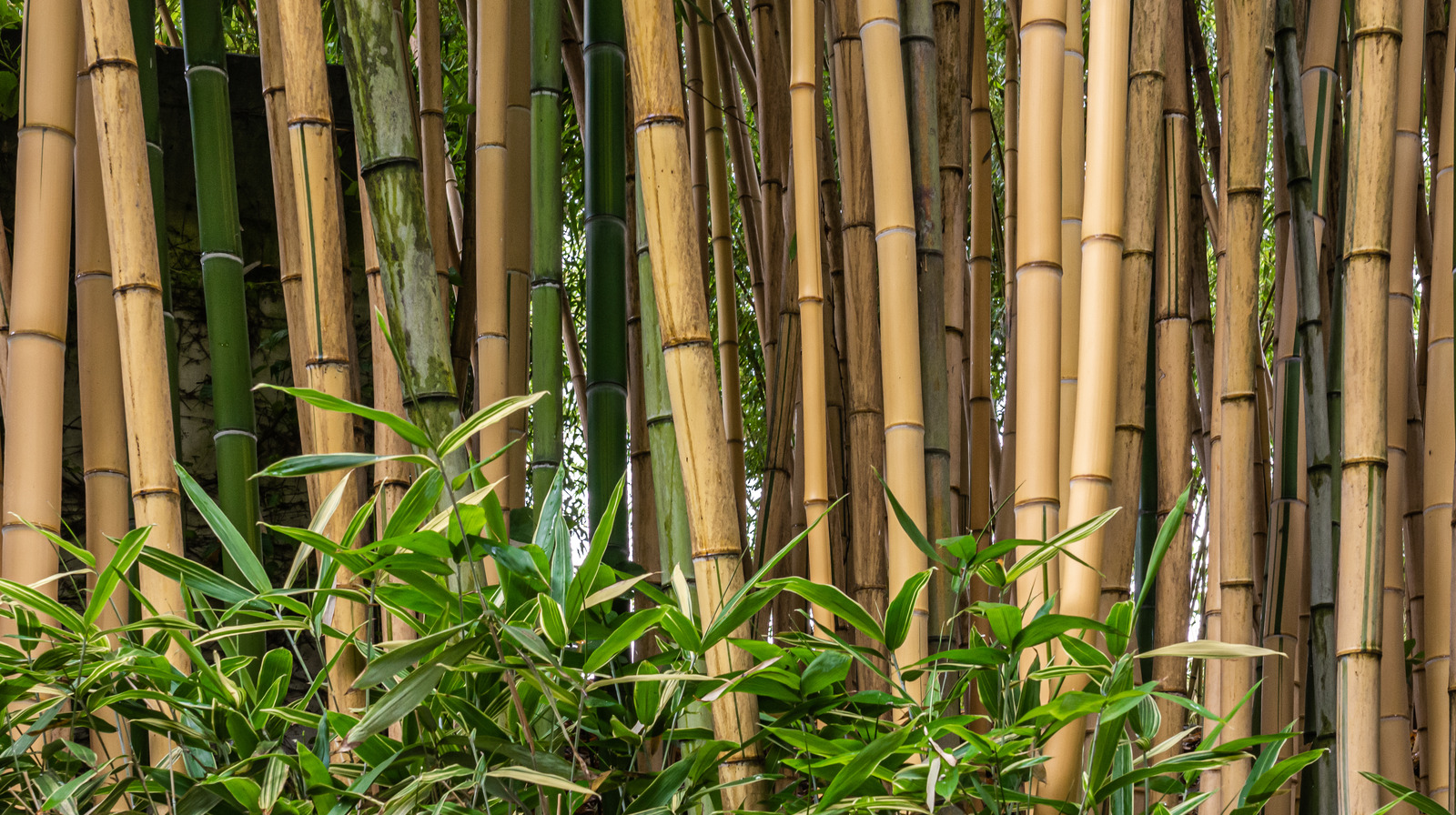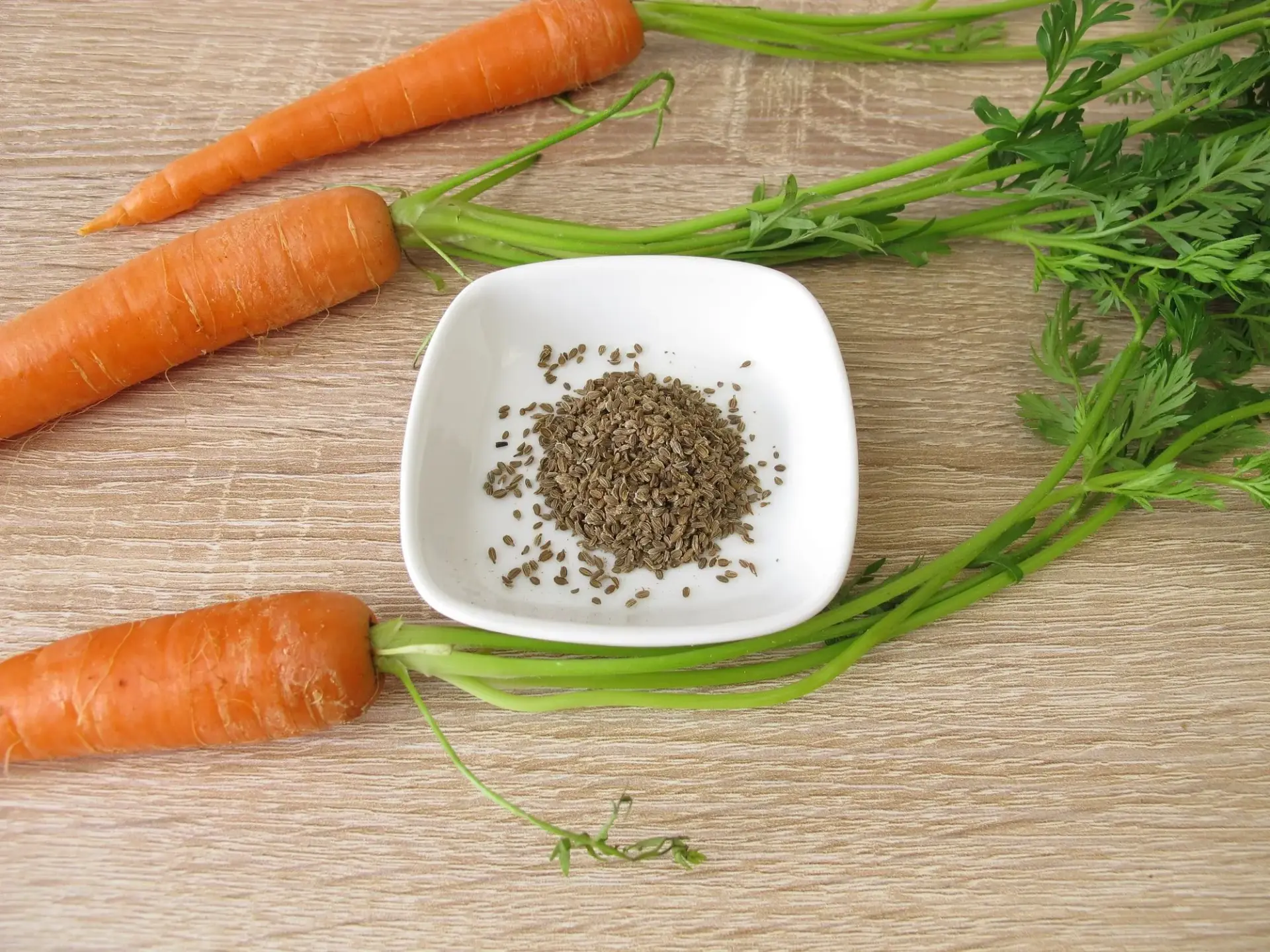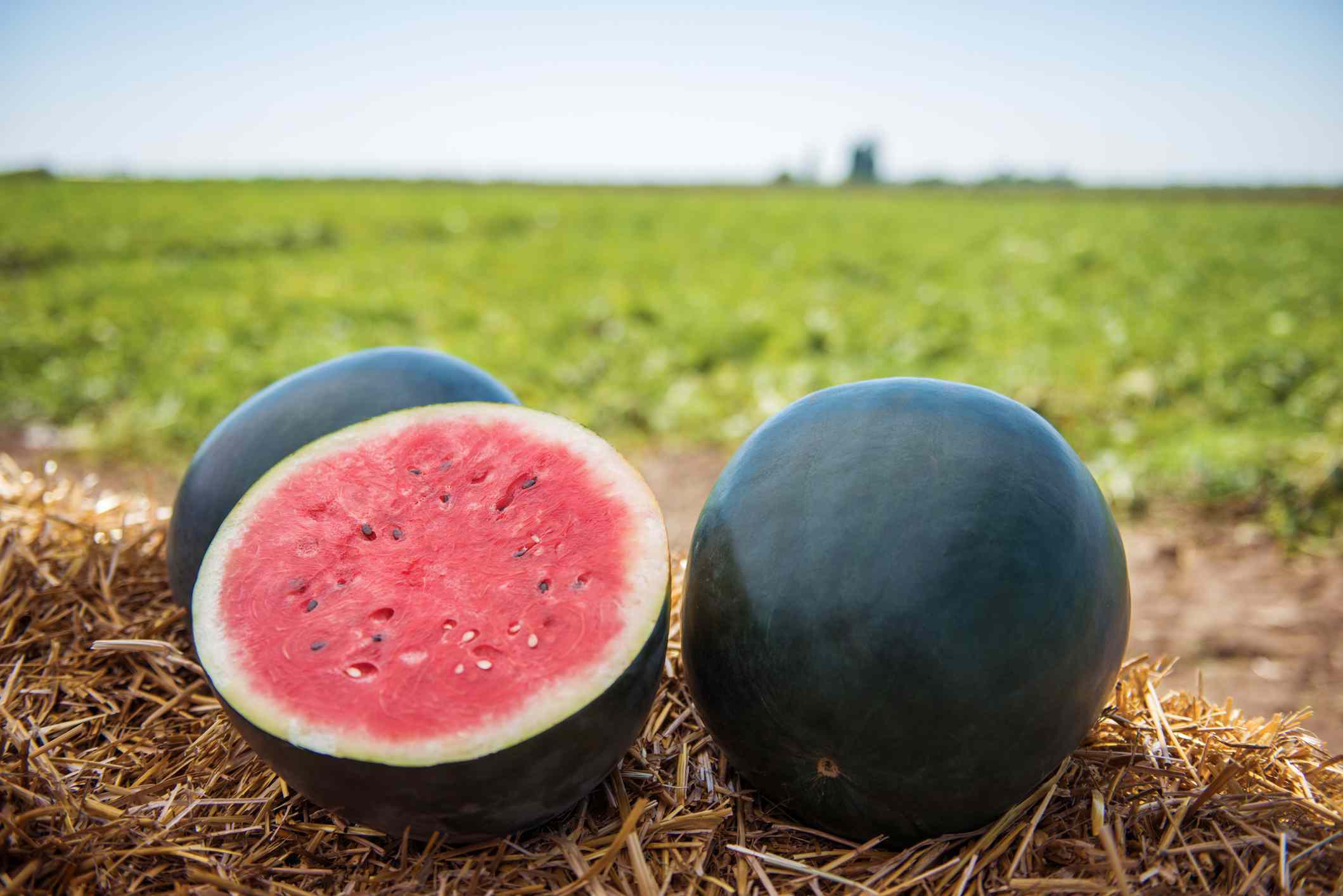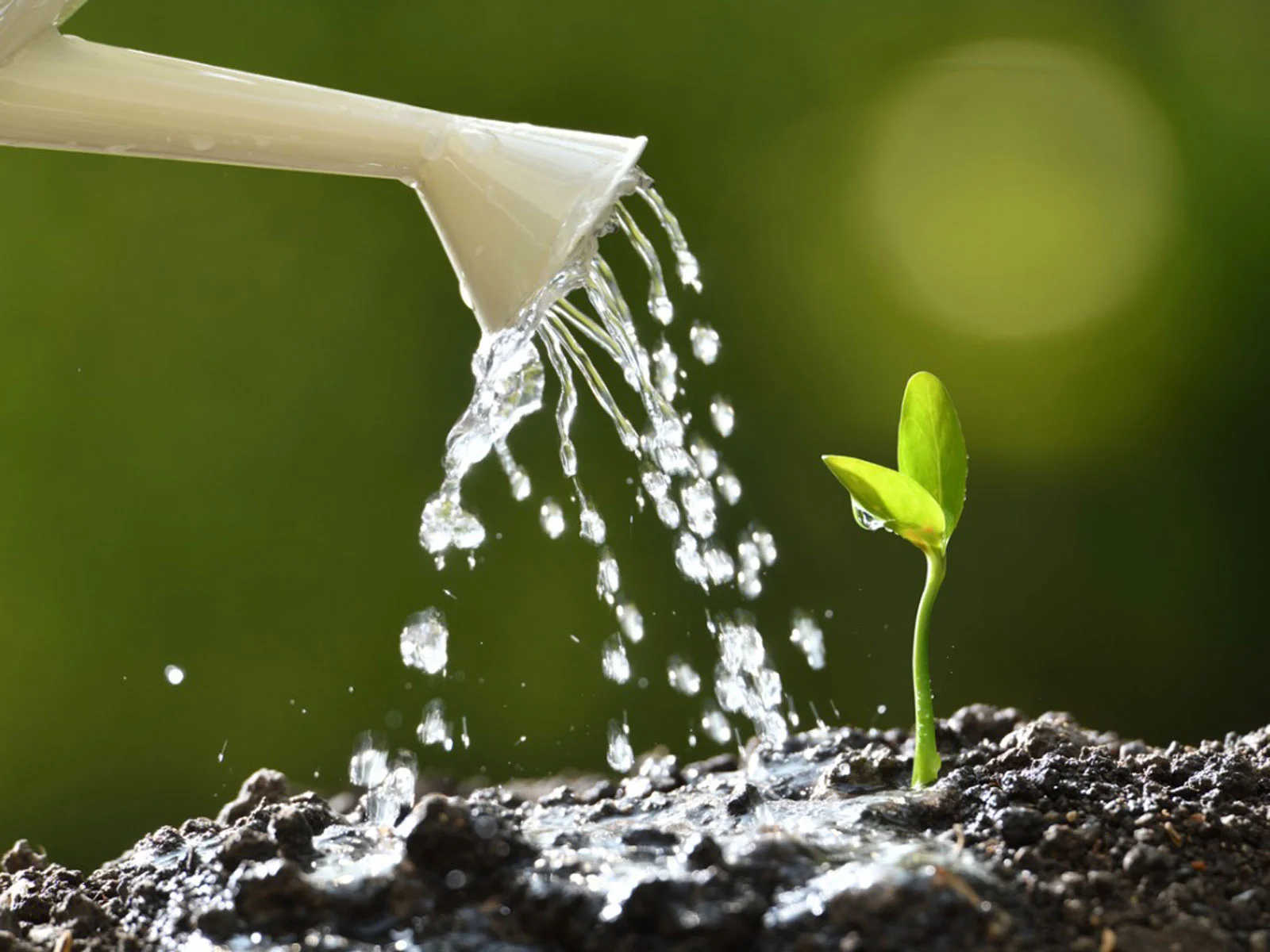Home>Types of Gardening>Ornamental Gardening>How To Germinate Bamboo Seeds
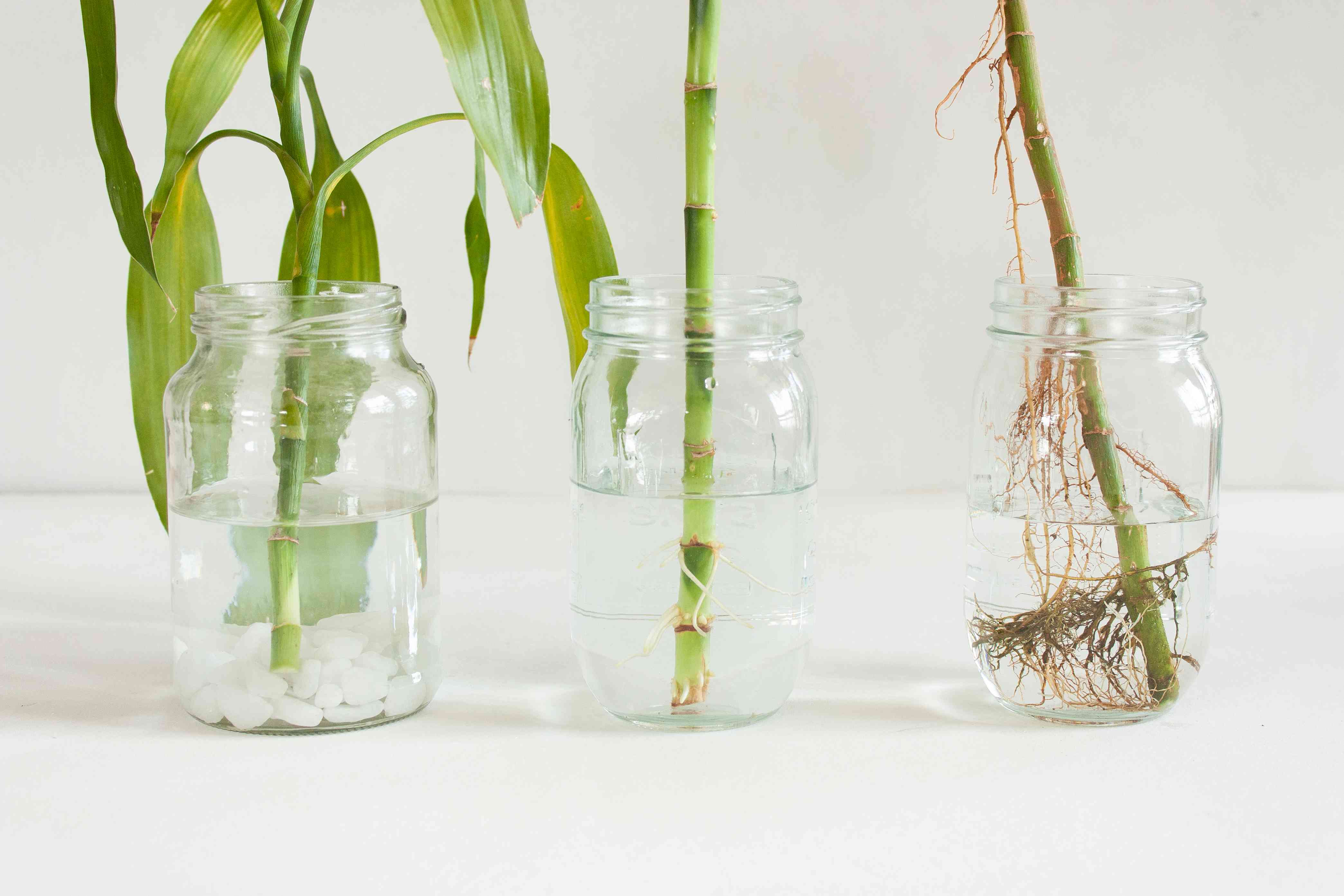

Ornamental Gardening
How To Germinate Bamboo Seeds
Modified: January 22, 2024
Learn how to germinate bamboo seeds in your ornamental gardening project with our step-by-step guide. Start growing beautiful bamboo plants today!
(Many of the links in this article redirect to a specific reviewed product. Your purchase of these products through affiliate links helps to generate commission for Chicagolandgardening.com, at no extra cost. Learn more)
Table of Contents
Introduction
Ornamental gardening is a popular hobby and a wonderful way to add beauty and charm to outdoor spaces. Among the many stunning plants and flowers that can be cultivated, bamboo stands out for its unique and elegant appearance. While most people associate bamboo with large groves or towering stalks, it is also possible to grow bamboo from seeds, making it an exciting and rewarding endeavor for gardening enthusiasts.
Bamboo seeds provide an opportunity to grow a wide variety of bamboo species, each with its own unique characteristics. Whether you are looking to create a tranquil Zen garden or add a touch of Asian-inspired beauty to your landscape, growing bamboo from seeds can be a thrilling journey filled with challenges and rewards.
In this article, we will explore the art of germinating bamboo seeds to help you successfully grow your own bamboo plants. From understanding the nature of bamboo seeds to providing the ideal conditions for germination, we will cover all the essential steps and techniques you need to know.
Not only will we guide you through the process of germination, but we will also provide tips and tricks for caring for your germinated bamboo seedlings and troubleshooting any issues that may arise along the way.
So, if you’re ready to embark on a journey into the world of ornamental gardening and experience the wonder of growing bamboo from seeds, read on for a comprehensive guide that will help you get started.
Understanding Bamboo Seeds
Before delving into the process of germinating bamboo seeds, it is important to have a basic understanding of what bamboo seeds are and how they differ from seeds of other plants.
Unlike many other plants, bamboo is not typically propagated from seeds. In fact, bamboo seeds are relatively rare to find. Most bamboo varieties propagate through rhizomes or root cuttings. However, for those interested in exploring the unique and fascinating world of bamboo cultivation, growing bamboo from seeds can be a rewarding endeavor.
Bamboo seeds come in different sizes and shapes, depending on the bamboo species. They are usually small and round, resembling tiny beads. Some bamboo seeds have a hard outer shell, while others have a thin papery covering. Understanding the specific characteristics of the bamboo seeds you are working with is crucial for ensuring successful germination.
It is worth noting that bamboo seeds have a reputation for being difficult to germinate. They are known for their low viability and irregular germination rates. Some bamboo seeds may take months or even years to germinate. Patience and persistence are key when it comes to germinating bamboo seeds!
One reason for the challenges associated with bamboo seed germination is that many bamboo species produce seeds infrequently. Some species even have a cyclical pattern, known as mast seeding, where they produce a large quantity of seeds at once, followed by several years of no seed production. This irregularity makes the acquisition of bamboo seeds more challenging.
Another factor that affects bamboo seed germination is the rapid loss of viability. Bamboo seeds have a short shelf life and usually need to be sown fresh. Storing bamboo seeds for extended periods can significantly reduce their chances of successful germination.
Understanding the unique characteristics of bamboo seeds will help you better navigate the process of germination. In the next sections, we will discuss the best techniques and conditions for germinating bamboo seeds and maximizing your chances of success.
Preparing Your Bamboo Seeds
Properly preparing your bamboo seeds is an essential step towards successful germination. By taking the time to carefully prepare your seeds, you can increase their viability and improve the chances of a healthy and robust germination process.
The first step in preparing bamboo seeds is to ensure that you acquire fresh and viable seeds. As mentioned earlier, bamboo seeds have a short shelf life and can quickly lose their viability. Therefore, it is important to obtain seeds from a reliable and reputable source.
Once you have obtained your bamboo seeds, it is crucial to clean them before proceeding with the germination process. The outer layer of the seed, known as the seed coat, can sometimes contain substances that inhibit germination. Gently rubbing the seeds with a fine grit sandpaper or soaking them in warm water for 24 hours can help remove any inhibitors and improve germination rates.
After cleaning the seeds, it is beneficial to perform a soaking treatment to further enhance germination. Soaking the bamboo seeds in a solution of water and hydrogen peroxide for a few hours can help soften the seed coat and promote faster and more consistent germination. Make sure to follow the recommended concentrations and durations specified for the specific bamboo species you are working with.
Another method that can be used to prepare bamboo seeds for germination is called scarification. Scarification involves mechanically breaking or scratching the tough outer coating of the seed to facilitate water absorption. This can be done by gently nicking the seed with a sharp knife or using sandpaper to create small scratches on the surface of the seed. However, it is important to be cautious and avoid damaging the inner parts of the seed.
In addition to cleaning and preparing the seeds, it is also advisable to perform a viability test before moving forward with germination. This involves selecting a few representative seeds and placing them on a moist paper towel or in a small container with a soilless growing medium. Keep them in a warm and humid environment and observe them for several weeks. If a high percentage of the seeds sprout, it indicates good viability. However, if only a few or none of the seeds germinate, it may be necessary to acquire fresh seeds or try alternative methods to improve viability.
By taking the time to properly clean, soak, and potentially scarify your bamboo seeds, you can significantly increase the chances of successful germination. With your seeds now prepared, it’s time to move on to the next step – the germination techniques for bamboo seeds.
Germination Techniques for Bamboo Seeds
Growing bamboo from seeds can be a fascinating and rewarding experience, but it requires careful attention to the germination process. While bamboo seeds can be challenging to germinate, there are several techniques that can increase your chances of success.
One common method for germinating bamboo seeds is the “baggy method.” This technique involves placing the prepared seeds inside a moistened paper towel or a small bag with a soilless growing medium. The bag or paper towel helps retain moisture and creates a controlled environment for seed germination. Keep the bag or paper towel in a warm location, ideally between 70-85°F (21-29°C), to encourage germination. Check the seeds regularly to ensure the medium stays moist, but avoid overwatering, as it can lead to mold or rot.
Another effective germination technique for bamboo seeds is the “cold stratification method.” This method mimics the natural cold winter conditions that some bamboo species require to break dormancy and trigger germination. After preparing the seeds, place them inside a sealed, airtight container along with a moist growing medium such as sand, vermiculite, or peat moss. Keep the container in a refrigerator, maintaining a temperature of around 40-45°F (4-7°C) for several weeks or even months. This period of cold stratification simulates winter dormancy and prepares the seeds for germination.
In addition to the baggy method and cold stratification, some bamboo seeds require exposure to light to initiate germination. This is known as photoblastic germination. To promote successful germination in these cases, gently press the prepared seeds into the surface of a well-draining soilless growing medium and provide adequate light. A fluorescent grow light or placing the seeds under indirect sunlight can provide the necessary light conditions. Maintain consistent moisture levels and carefully monitor the seeds for any signs of germination.
It’s important to note that not all bamboo seeds have the same germination requirements. Some seeds may require specific conditions, such as high humidity, to germinate successfully. Therefore, it is essential to research and understand the specific germination requirements of the bamboo species you are working with.
Experimentation and observation are key when it comes to germinating bamboo seeds. Keep track of the techniques you use, the conditions you provide, and the germination rates you observe. This information will help you refine your approach and increase your success with future attempts.
Once the bamboo seeds have successfully germinated and sprouted, it’s time to provide them with the ideal conditions for growth and development. The next section will delve into the essential factors to consider when caring for germinated bamboo seedlings.
Providing the Ideal Conditions for Germination
Creating the ideal conditions for germination is crucial to ensure the healthy growth and development of your germinated bamboo seedlings. Paying attention to factors like temperature, moisture, light, and airflow can significantly enhance the germination process.
Temperature plays a crucial role in promoting successful germination. Most bamboo species thrive in warm temperatures between 70-85°F (21-29°C). Providing a consistently warm environment will aid in the germination process. You can achieve this by placing your germinated bamboo seeds in a greenhouse, using a heat mat, or locating them in a warm and sunny area of your home. A temperature-controlled environment will encourage faster sprouting and robust growth.
In addition to temperature, moisture is another vital factor for germination. Keeping the germination medium moist but not waterlogged is essential. It’s crucial to strike the right balance to prevent excess moisture, which can lead to rot and fungal diseases. Regularly check the moisture levels of the germination medium and adjust as needed. Mist the medium with water to maintain a consistent level of moisture, if necessary. Proper hydration will support healthy root development and seedling growth.
Light is also crucial for the germination process, as it provides energy for seedlings to grow. Different bamboo species have varying light requirements, so it’s essential to research the specific light needs of the bamboo seeds you are working with. While some bamboo seeds require exposure to light to germinate, others may need darkness. Follow the seed-specific instructions to determine whether to place the germinated seeds in a well-lit area or provide a dark environment. Additionally, you can use grow lights to supplement light conditions if necessary.
Airflow is another important aspect to consider during the germination process. Good air circulation is essential to prevent the build-up of excess moisture and fungal diseases. Ensure that there is adequate ventilation in the germination area. If necessary, gently move the air around the seedlings with a fan on a low setting, as long as it does not dry out the germination medium excessively.
Throughout the germination process, it is essential to monitor the conditions regularly. Keep a close eye on temperature, humidity, moisture levels, and the growth of the seedlings. Make adjustments as needed to maintain optimal conditions for germination. Providing the ideal environment will give your bamboo seeds the best chance for successful germination and healthy growth.
Once your germinated bamboo seeds have established roots and started to grow, it’s time to learn about the proper care and maintenance required for healthy bamboo seedlings. The next section will cover the essential steps for caring for germinated bamboo seedlings.
Caring for Germinated Bamboo Seedlings
Caring for germinated bamboo seedlings is crucial to ensure their healthy growth and development into mature bamboo plants. By providing the proper care, you can nurture strong and vibrant bamboo seedlings that will thrive in your garden or landscape.
Watering is a critical aspect of caring for germinated bamboo seedlings. It is important to keep the soil consistently moist but not saturated. Over-watering can lead to root rot, while under-watering can cause the seedlings to wilt and fail to thrive. Monitor the moisture levels of the soil regularly and adjust watering accordingly. Aim for a soil moisture level that resembles a damp sponge, ensuring proper hydration for the roots.
In addition to watering, providing adequate nutrition is essential for the healthy growth of bamboo seedlings. When the seedlings have developed a few sets of leaves, you can start applying a balanced, slow-release fertilizer. Use a fertilizer specifically formulated for bamboo or one that is suitable for general ornamental plants. Follow the instructions on the fertilizer package, as over-fertilization can harm the seedlings. It is generally recommended to fertilize bamboo seedlings every two to three months during the growing season.
As the bamboo seedlings continue to grow, it is important to provide sufficient space for their root development. Transplant the seedlings into larger containers or their permanent growing location once they outgrow their initial pots. Bamboo plants have an extensive root system, so choose a container or planting spot that allows for proper root expansion. Ensure that the soil or growing medium provides good drainage to prevent waterlogging, which can lead to root rot.
Proper pruning is also essential for maintaining the health and shape of bamboo seedlings. When you notice any dead, damaged, or overly dense growth, carefully remove those parts with clean and sharp pruning shears or scissors. Pruning not only enhances the appearance of the seedlings but also promotes air circulation and reduces the risk of disease and pest infestation.
Monitoring and managing pests and diseases is crucial to prevent any potential damage to the bamboo seedlings. Regularly inspect the seedlings for signs of pests like aphids, scale insects, or spider mites. If you notice any pests, take appropriate measures to control them, such as using organic insecticidal soap or neem oil. Additionally, monitor the seedlings for any signs of diseases like fungal infections or leaf spot. Promptly remove and dispose of any infected plant material to prevent the spread of diseases.
Finally, provide adequate support for the growing bamboo seedlings. Bamboo species vary in their growth habits, with some tending to be more upright while others may have sprawling or running growth patterns. If necessary, install stakes or trellises to help support the seedlings and guide their growth in the desired direction.
By following these care guidelines, you can foster the healthy growth and development of your germinated bamboo seedlings. With time and proper care, these seedlings will transform into stunning and resilient bamboo plants that will bring beauty and tranquility to your ornamental garden or landscape.
Troubleshooting Germination Issues
Germinating bamboo seeds can sometimes present challenges, but with proper troubleshooting techniques, you can overcome common issues and increase your chances of success. Let’s explore some common germination issues and how to troubleshoot them:
1. Poor or uneven germination: Sometimes, bamboo seeds may have low viability or inconsistent germination rates. If you notice poor or uneven germination, consider trying different seed sources or methods to improve viability. You can also experiment with different germination techniques, such as the baggy method or cold stratification.
2. Slow germination: Bamboo seeds are known for their slow germination, which can take several weeks or even months. However, if you find that the germination process is excessively slow, make sure you are providing adequate warmth and moisture. Adjusting temperature and moisture levels within the recommended range can help speed up germination.
3. Mold or fungal growth: Excess moisture or poor airflow can lead to mold or fungal growth on the germination medium or seedlings. To prevent this, ensure proper ventilation and avoid overwatering. If mold or fungus does occur, gently remove the affected areas and improve airflow and moisture control to prevent further issues.
4. Seedling damping-off: Damping-off is a fungal disease that can affect young seedlings, causing them to wilt and die. To prevent damping-off, use sterilized germination medium and clean containers. Avoid over-watering and ensure proper drainage. If damping-off occurs, remove affected seedlings promptly and adjust your watering practices.
5. Lack of growth or stunted seedlings: If your bamboo seedlings are not growing or appear stunted, evaluate the growing conditions. Check for proper temperature, sufficient light, and appropriate watering and fertilization. Adjust these factors as needed to provide the optimal conditions for growth.
6. Pests and diseases: Keep an eye out for pests, such as aphids or spider mites, and diseases like fungal infections or leaf spot. Promptly address any pest or disease issues by using appropriate organic treatments or consulting a gardening professional. Regularly inspect the seedlings to catch and treat any problems early on.
Remember that germinating bamboo seeds can be a trial-and-error process. Each bamboo species may have its unique requirements, and a bit of experimentation may be needed to find the best approach for successful germination. Patience, adaptability, and attention to detail will go a long way in troubleshooting and overcoming germination issues.
With these troubleshooting strategies, you’ll be better equipped to address common germination challenges and maximize your chances of successfully growing bamboo from seeds.
Conclusion
Growing bamboo from seeds is a unique and rewarding adventure in the world of ornamental gardening. While it may come with its challenges, the process of germinating bamboo seeds can be a truly fulfilling experience. By understanding the nature of bamboo seeds, preparing them properly, using effective germination techniques, and providing the ideal conditions, you can increase your chances of successful germination.
Through proper care, including watering, fertilizing, pruning, and pest control, you can nurture your germinated bamboo seedlings into healthy and vibrant plants. With time, these seedlings will transform into stunning bamboo plants that will add elegance and tranquility to your garden or landscape.
Though each bamboo species may have its specific requirements, adjusting techniques and troubleshooting issues can lead to greater success. By monitoring germination rates, adjusting moisture and temperature levels, and addressing any problems that arise, you can overcome challenges and achieve the desired results.
Remember, the process of germinating bamboo seeds requires patience, persistence, and experimentation. It may take time and multiple attempts to achieve successful germination. Stay observant, adapt as needed, and learn from each experience to improve your skills and knowledge in growing bamboo from seeds.
By following the comprehensive steps and techniques outlined in this article, you are ready to embark on an exciting journey as you germinate and care for bamboo seedlings. With dedication and a bit of creativity, you can create a stunning ornamental garden enriched with the timeless beauty of bamboo.
So, roll up your sleeves, gather your bamboo seeds, and let the adventure begin. Happy gardening!
